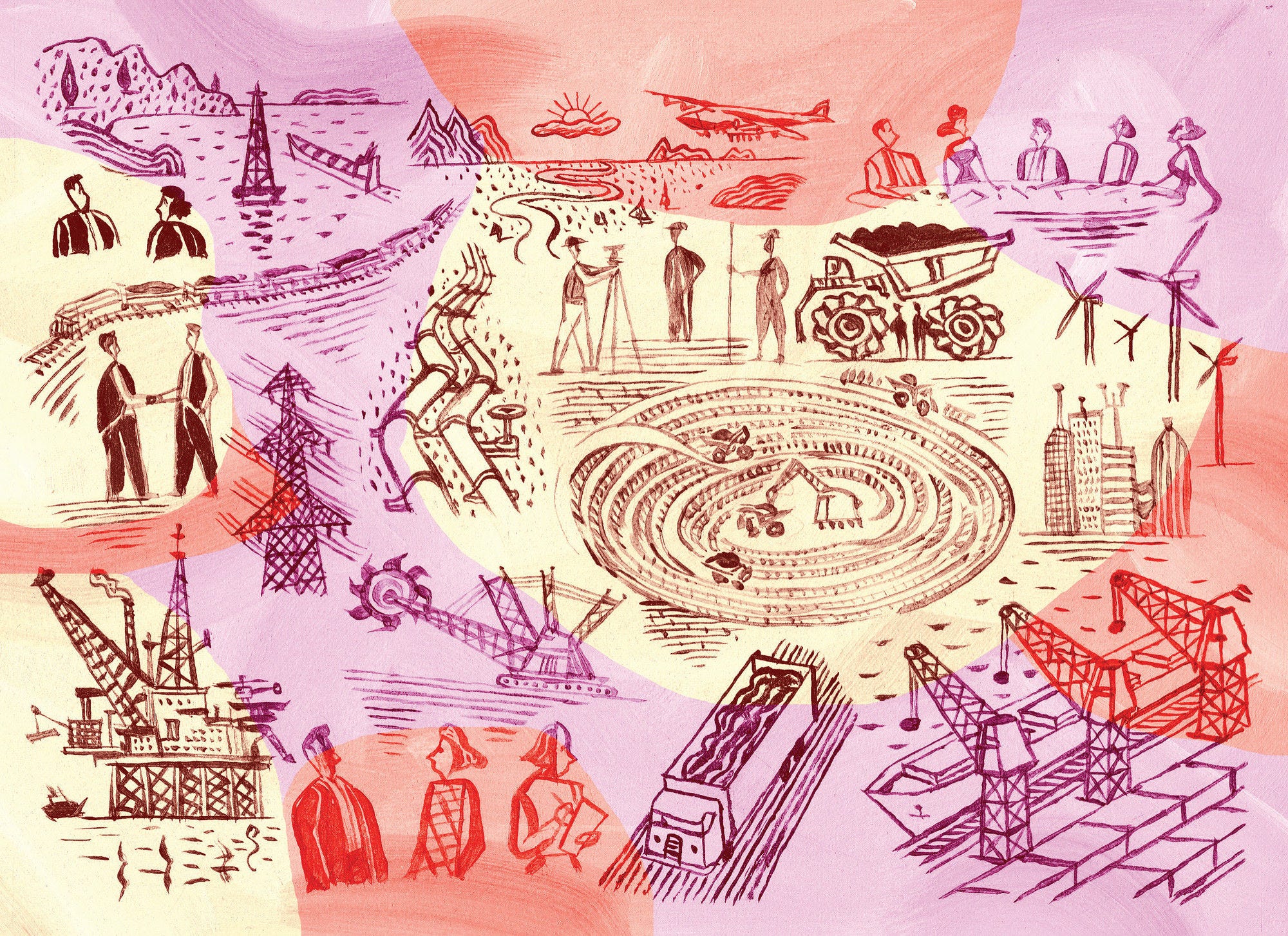This report provides the building blocks for a new mining strategy in the region of Antofagasta, Chile, which prioritises well-being standards and opportunities for local communities. This medium- and long-term strategy aims to create a new pact amongst different societal stakeholders to build trust and unite efforts for more inclusive and sustainable growth in the region.
Mining regions play an essential role in supplying mineral raw materials to meet global climate goals and sustain growth objectives. Access to a reliable and environmentally sustainable supply of mineral raw materials has become a political priority in many countries, for example in the European Green Deal and the United States Inflation Reduction Act. International investment strategies and consumers are progressively focusing on the social and environmental sustainability of the mineral supply, increasing scrutiny of the mining process and encouraging mining companies to invest in low-carbon mining practices.
Against this backdrop, mining regions must ensure that local businesses, citizens and Indigenous peoples also benefit from the green and digital transition in mining. For instance, deploying renewable energy projects to power mining operations or investments in circular economy approaches in mining can provide new opportunities to local economies and reduce environmental impacts. Without the right planning, local communities may miss out on the benefits of these developments and, instead, risk being left with adverse effects, for example, environmental and land use impacts.
Antofagasta, a world leader in copper and lithium production, is undergoing several transitions that can reshape its regional development model. First, the region expects large flows of investments to modernise existing mining operations, mainly copper, and to expand the production of non-traditional minerals, such as lithium. Second, mining companies are adapting to the green and digital transitions, with projects to increase the use of renewable energy sources, desalinated water and automation in mining operations. Finally, Chile’s ongoing decentralisation process has also strengthened institutional capacities for regional development, including through the new position of a democratically elected regional governor. These transitions represent an opportunity to shape a new development model that delivers higher well-being standards in Antofagasta.
This report is part of the elaboration process of the regional mining strategy led by the regional government of Antofagasta in collaboration with the Catholic University of the North, Chile. Building on more than 80 in‑person meetings, focus groups and assemblies with regional stakeholders, this study helped gather regional priorities and agreed-on common objectives and strategic projects for this strategy.
This report is the fifth study of the OECD Mining Regions and Cities Initiative, which supports countries in implementing better regional development policies in a mining and extractive context. Previous studies in this series include Outokumpu and North Karelia (Finland), Norrbotten and Västerbotten (Sweden), Andalusia (Spain) and the Pilbara (Australia). The report was approved by the Working Party on Urban Policy [CFE/RDPC(2023)12] via written procedure in September 2023.
